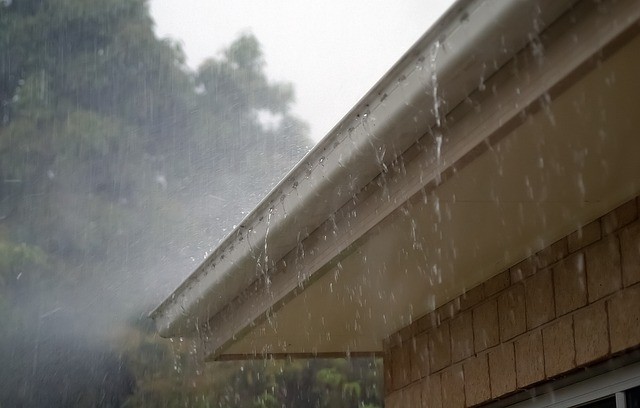If you live somewhere that experiences a lot of storms, preparing your home for the worst should be among your top priorities. It’s crucial that you do what you can to safeguard your home and family from severe weather like floods, thunderstorms, and wind storms. Here are discuss six preventative measures you can take to do just that.
- Tend to your roof
Getting your roof professionally inspected is something you should try to do every three to five years. However, Bob Vila points out you should keep an eye out for signs of damage and wear throughout the year because a vulnerable roof can cause major problems when severe weather hits.
If a storm or other type of extreme weather harms your roof, get an inspector out as soon as possible. Damage can affect the safety and structural integrity of your home since the roof is your home’s first line of defense against the elements. What’s more, it can also have a negative impact on your home’s value, should you ever choose to sell. If you get your roof repaired and it still gives you problems, think about having it fully replaced. Make sure that any roofers you hire are insured, trained, and certified..
- Clean your gutters and downspouts
Your gutters and downspouts can quickly become clogged with twigs, leaves and other debris. Regularly check both your gutters and downspouts, especially after storms. Clear them from all large debris, and flush them out so that water can flow freely away from the house. This can save you from a host of foundation and indoor issues with your home.
To lighten your workload, consider having gutter guards installed. By reducing the debris allowed to fall in your gutters, it can make them virtually maintenance-free.
If this task is a little outside of your comfort zone, don’t sweat it: you can hire gutter cleaning companies to help you out. Just remember to check customer reviews on sites like Angi to ensure you’re hiring someone trustworthy.
- Call an arborist
If you have any trees with overhanging branches or trees that are too close to your house, bring an arborist out to take care of them. Dead limbs can break loose and go through your home’s roof, siding, or windows, along with causing other exterior damage. Furthermore, if you have trees with shallow roots (e.g., oaks, maples, willows), they are more prone to being uprooted during heavy rain. Trimming or removing all branches and trees that could make your home vulnerable during a storm can keep your home and family safe.
- Bring outdoor items inside
The winds from storms can blow things like outdoor furniture, equipment, and yard ornaments into the exterior of your home, causing damage to both the items and your home (or your neighbor’s). Design Furnishings suggests securely anchoring these items. Or, try to find a space in your shed, garage or home to store them.
- Learn how to turn off your water and electricity
To help safeguard your home from flooding and fires, learn where your main water shut-off valve and your circuit breaker are located. Also, learn how to actually turn off the water and electricity so that you can do so quickly if it becomes necessary.
- Make your fire extinguisher accessible
Finally, make sure you have an up-to-date fire extinguisher. You never know when you will need it, so keep it in an area of your home where you can easily reach it. Also, regularly check the pressure gauge, and if your extinguisher has a test indicator, use it to ensure that the pressure is within the proper range.
Preparing for hurricanes, tornadoes, flooding and other severe weather is paramount for protecting your home and your family. Inspect your roof regularly, and have it repaired or replaced by a reputable roofing company. Keep your gutters and downspouts clean, tend any dangerous limbs or trees and anchor or store large outdoor items. Lastly, make sure you can access your home’s main water shut-off valve, circuit breaker and fire extinguisher. These simple steps can help keep you and your home safe and sound.
Article courtesy of Mike Longsdon at ElderFreedom.net.




